The British are notoriously cheap when it comes to wine; the average bottle price is around £6. On one wine, however, we’re happy to spend five times that: champagne. We love champagne, and champagne producers love us: Britain is their biggest export market and it’s only getting bigger: up by 4.5 per cent last year.
In fact, champagne as a dry sparkling wine was created specifically for us. Until the mid-19th century, most production from the Champagne region was still red wine. French connoisseurs thought the fizzy stuff rather vulgar. Bertin du Rocheret, a wine merchant, compared it to ‘beer, chocolate and whipped cream’. It would have been a rich yellow wine fortified with brandy; a sort of sparkling sweet sherry, beloved by Russians in particular.
While Veuve Clicquot built her business on the Russian market, others such as Pol Roger saw that the future lay with the expanding British middle classes. Champagne was drunk as a dessert wine in Europe, but the British already had port, sherry or madeira for that so they wanted something before or with the meal. The wine became drier to suit demand.
Better vintages in the 1870s meant riper grapes, which needed less disguising with sugar. The product was becoming more consistent, ripe for mass production. By the 1890s Moët et Chandon employed 1,500-people, held stocks of ten million bottles, owned 20,000 casks and lit their cellars with 30 tonnes of candles a year. Laurent d’Harcourt, président du directoire at Pol Roger, told me that ‘the key to champagne’s success is consistency’. This is achieved today by blending vintages and grape varieties from all over the Champagne region.
The other key is marketing. Pol Roger’s son Maurice visited London in 1899 and sold his wine to hotels, clubs and regiments. Ads featured images appealing to women, such as elegant ladies in Art Nouveau splendour. For men there were saucy showgirls and naughty 1890s gents. Later, Pol Roger became Winston Churchill’s favourite — something they like to mention on occasion. Champagne producers flatter us by saying that they keep their best and driest wine for the discerning British (and it may even be true).
Unlike Bordeaux or Burgundy with their-communes, vineyards and vintages, you don’t need specialist knowledge to buy champagne. You can get Bollinger at the corner shop. Despite its prestigious image, there’s something oddly egalitarian about champagne, which is perhaps why experts are often disparaging about the big brands. The cognoscenti prefer ‘grower champagne’, made by the person who grew the grapes from a specific patch of land, just as in Burgundy. The public care less. ‘The customer just wants magic’, as Laurent d’Harcourt put it to me. There’s a danger that in trying to make champagne more like Burgundy it will lose its greatest strength: its simplicity. What makes this especially true is that the quality of the big brands has never been better. Wine magazine Noble Rot ran a blind taste recently of some of the world’s leading sparkling wines. They were surprised when non-vintages from Pol Roger and Taittinger were placed above their favourite grower champagnes. The top two places, however, weren’t even from Champagne: they were English. Sacré bleu!
Got something to add? Join the discussion and comment below.
Get 10 issues for just $10
Subscribe to The Spectator Australia today for the next 10 magazine issues, plus full online access, for just $10.

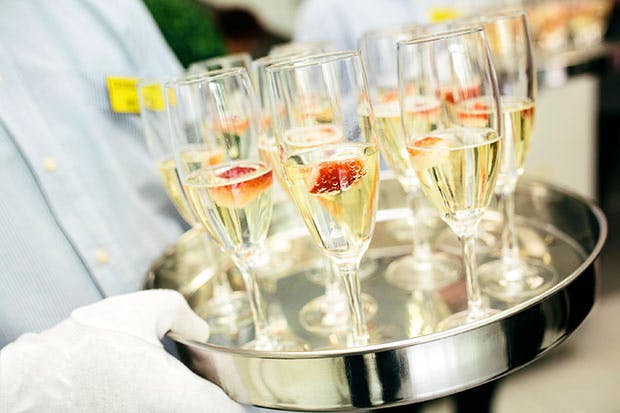
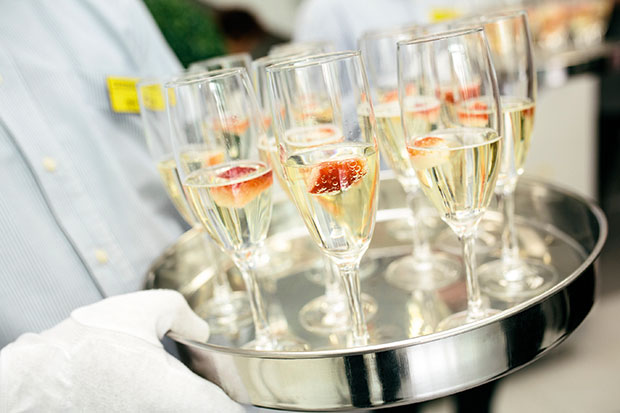


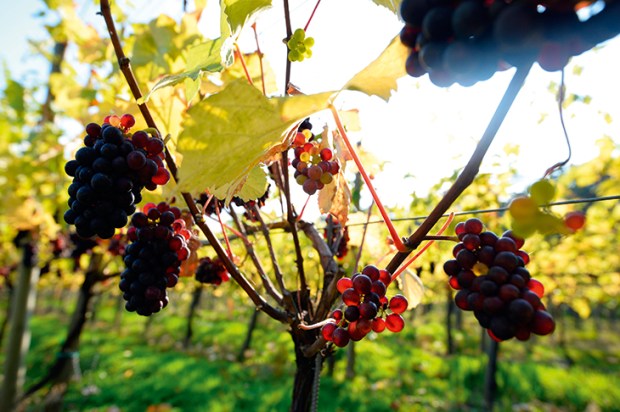
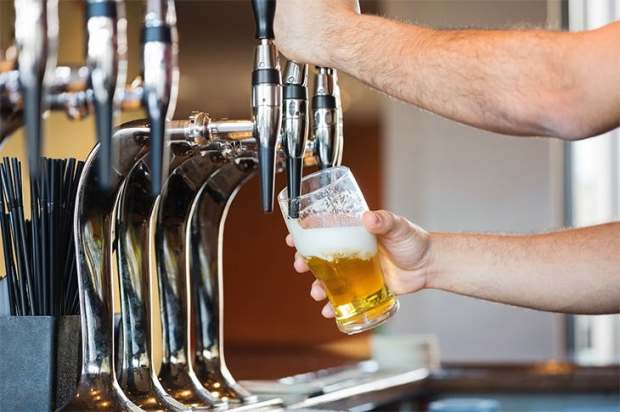
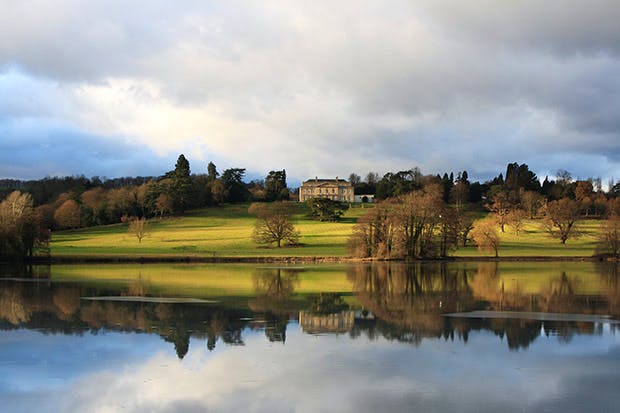






Comments
Don't miss out
Join the conversation with other Spectator Australia readers. Subscribe to leave a comment.
SUBSCRIBEAlready a subscriber? Log in